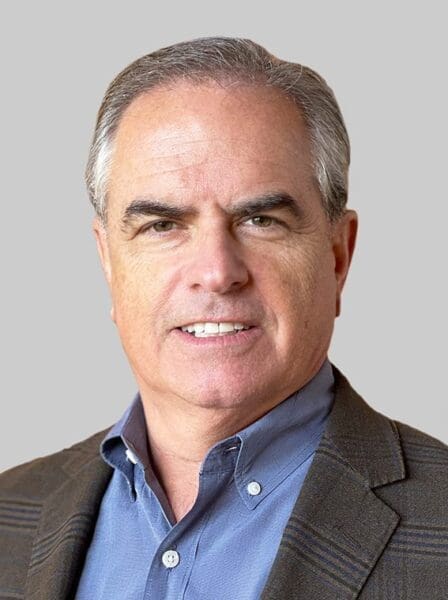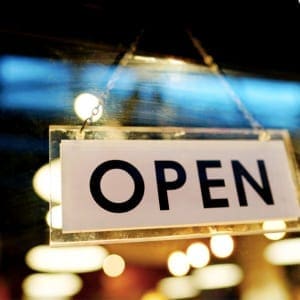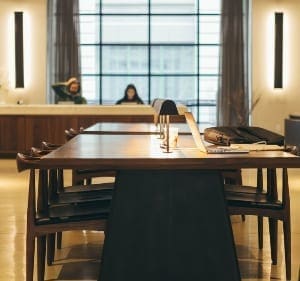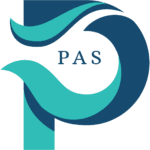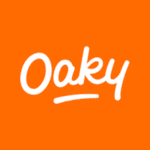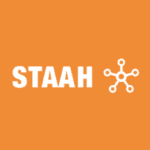The ongoing impact of the COVID-19 pandemic will lead to a 29% decline in annual hotel occupancy over the next 12 months, resulting in a projected revenue loss for the industry of about $75 Billion in room revenue alone.

The estimate is according to the Magid HTL Forecast Tracker, analyzed in conjunction with Horwath HTL, the world’s oldest, largest, and most experienced hotel, tourism, and leisure-consulting brand.
The forecast shows declines being driven by business and leisure travel intentions alike, but consumer sentiment for attending a meeting or conference over the next 12 months was the most telling showing a projected decline of 22%. Additionally, while travel incidence is being impacted, the research shows that frequency intention remains stable from pre-COVID levels. This suggests that while a smaller percentage plan to travel in the future, those that do plan to travel are likely to do so at a frequency that resembles their pre-COVID behavior.
The Magid HTL Forecast Tracker uses a baseline of self-reported consumer travel behavior that was collected 12 months prior to the pandemic breakout in March 2020. Travel intentions subsequently are being collected at various time intervals to assess changes in intention. Both “Reach,” representing the percentage of the population who plan at least one travel experience within the designated time frame, and “Frequency,” representing the anticipated number of experiences for the designated time frames, are considered in the forecast. This data is then used to determine the trajectory of the expected time to return to “normal,” as well as whether there has been a significant upturn or downturn in travel intention from the previous wave.
“The forecast shows the continuing significant impact COVID is having on hotel occupancy,” says Rick Garlick, Vice President, Strategy Consultant, Magid. “Currently, the forecast suggests a 39% decline in occupancy for the next month. If the average occupancy at this time of the year (summer) is 70%, this would put current occupancy around 43%.”
“Many hotel companies are creating new forecast models for the remainder of this year and next without the benefit of insight into the mindset of the traveling consumer,” said John Fareed, Chairman, Horwath HTL, America. “This data will allow hoteliers to better understand the customer’s intentions and create marketing offers to consumers that will position them to survive and thrive this crisis.”
The most recent wave of research, which was conducted July 29th to August 2nd, shows that 71% of consumers expect to next stay in a hotel 24 months from now. That is down from the baseline behavior of 89% who said so in March and the 74% who said the same in the beginning of June. Only 56% of consumers said they expected to next stay in a hotel a year from now, compared to 62% who said so in June and 79% who reported the same in March.
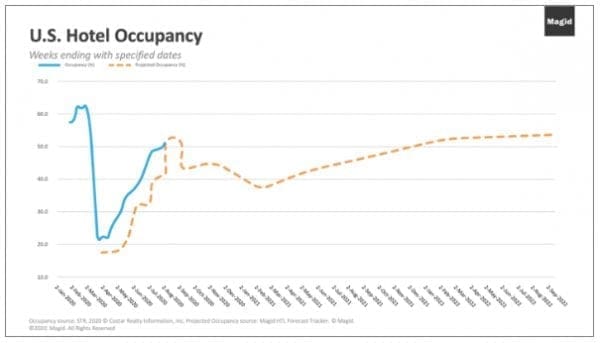
According to the most recent wave, consumers anticipate staying at hotels 7.26 times per year. That frequency is actually up from the June research, where consumers reported an intention of 6.74 times per year and from the “baseline” reported behavior of 6.58 times per year.
The data suggests a brighter outlook for vacation rentals, with travelers having a higher trust level than with hotels.
While vacation rentals are anticipated to be down for the short term, the Magid HTL Forecast Tracker suggests their recovery will be much quicker. While vacation rentals are currently forecasted to be down 64% for the last part of the summer, they are expected to return to normal in 12 months. Airline travel intentions are paralleling hotel intentions, with the current forecast more pessimistic than in the previous wave. Within the next 12 months, air travel is expected to decline 31%, in line with the expected 29% drop in occupancy.



